For DC inductive loads, typically a flyback diode is placed over the motor so that when the current changes instantaneously it doesn't have a chance to build upon the switch contact and then create a spike next switching instance.
However, for AC is typically no protection needed?
For example, if I have an inductive motor that runs on 240Vac (max power of 590W with a current draw of 2.46Arms (at this 590W)) and which is being switched by a relay, does no protection have to be implemented for it? I looked at implementing either a snubber network or a MOV but the engineer I was talking to said it wasn't necessary (and if it was we could add it later)
Hence when in AC do we actually need to implement inductive spiking protection. Also why always is the protection circuits over the relay contacts, unlike DC where for an inductive load it's across that load.
In AC does it not matter when compared to DC since typically AC is switching at a fast rate compared to DC where it is either on or off. As in it doesn't decrease like a sin wave whereas in AC does
